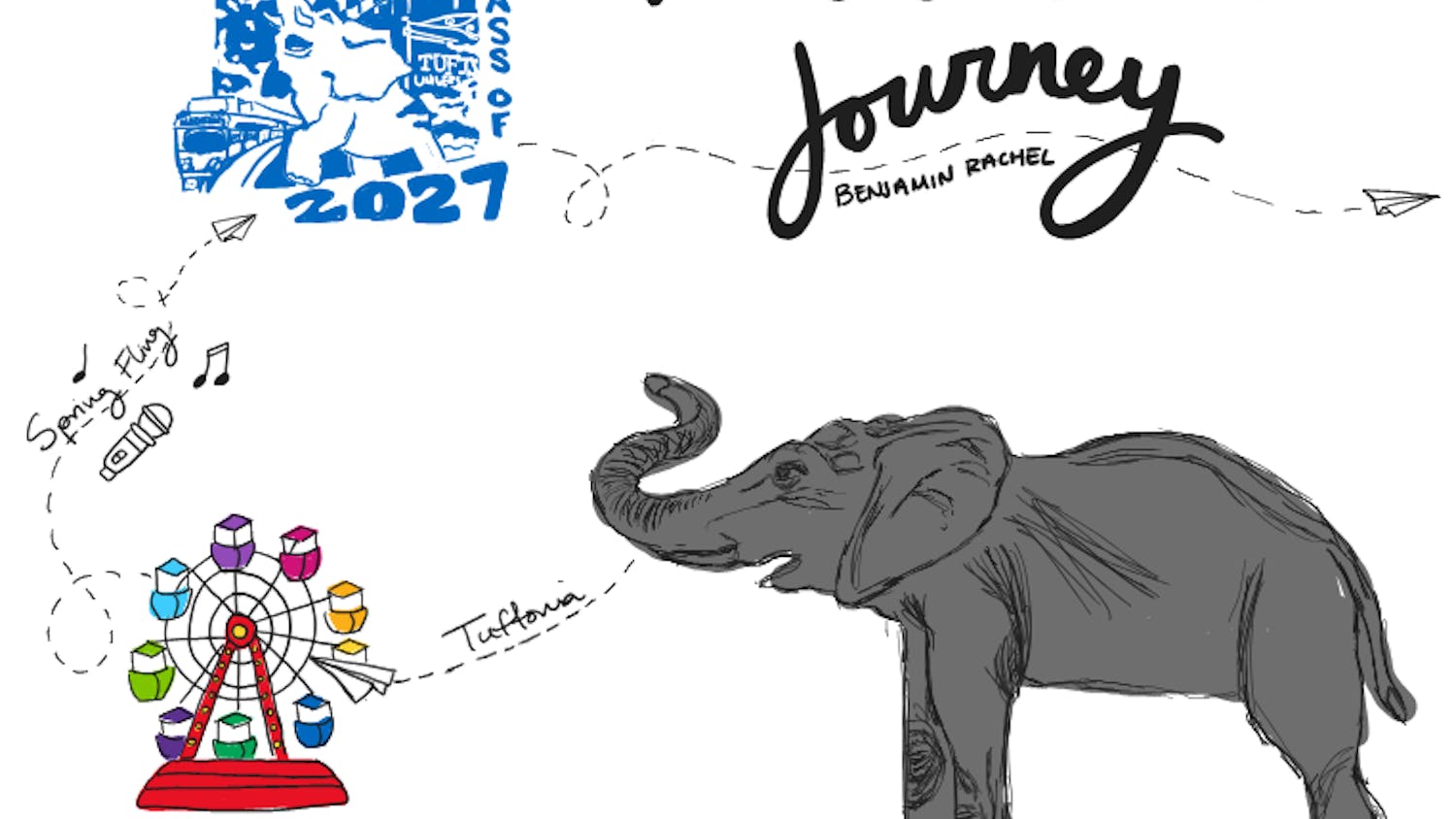In the fashion world, few designers have been able to constantly draw inspiration from their national and cultural heritage and remain relevant for a long time like Italian designers Domenico Dolce and Stefano Gabbana. Dolce, who is originally from a town near Palermo, never fails to incorporate visual motifs from the Sicilian tradition in his designs, such as daisies, lemons and Byzantine mosaics.
The first way in which the two designers draw inspiration from their heritage is how they use Italian icons as muses for their fashion collections. An example of this is their Haute Couture show of Fall-Winter 2016-17, which celebrated the film star Sophia Loren, who acted as the designers’ muse for this show. Many dresses paid homage to Loren’s extraordinary legacy in Italian cinema, both through a celebration of her persona and through praise to Naples, which is where the actress is from originally. The show actually took place on the Neapolitan cobblestone streets, which caused several models to trip in their high heels. Nonetheless, the show glorified the uniqueness of Southern Italian culture in all of its facets, from religion to soccer, and the beauty of the Italian countryside.
One of the most representative shows ever presented by Dolce and Gabbana was the Fall 2013 Ready-to-Wear. In many pieces of the collection, the duo referenced the Cathedral of Monreale, a Sicilian church full of mosaics dating back to Byzantine times. Like most artwork from this timeframe, the mosaics inside the Cathedral are largely covered in gold foil. This artistic element was reflected in many pieces that graced the Dolce and Gabbana catwalk, which were of a similar color. Moreover, many models wore dresses embellished with stones similar to the ones emperors and empresses would sport in Byzantine times, as illustrated by the same mosaics, all while wearing headdresses that looked like religious attire.The models seemed to be tiptoeing on a fine line between being a metaphor for the church of Monreale and for the figures that make up the Church as an institution.
A contemporary artist who makes sculptural pieces that are visually similar to the mosaic-inspired Dolce and Gabbana dresses is El Anatsui. The Ghanaian artist is known for making works that draw inspiration from his heritage and specifically the technique that gives birth to 'kente' cloth, which is a type of fabric interwoven with cotton and silk native to South Ghana. El Anatsui, using this technique, sews together aluminum bottle tops to create cloth-like sculptures that are typically hung on walls. The aluminum gives these pieces a metallic quality that is astoundingly similar to the way mosaics present in the Monreale cathedral and the Dolce and Gabbana dresses reflect light. El Anatsui’s pieces are compositionally similar to mosaics in the way the artist creates a work on a large scale starting from minuscule parts. It is therefore evident that both El Anatsui and Dolce and Gabbana use their heritage as a source of creative and compositional inspiration when making their work.
More from The Tufts Daily





